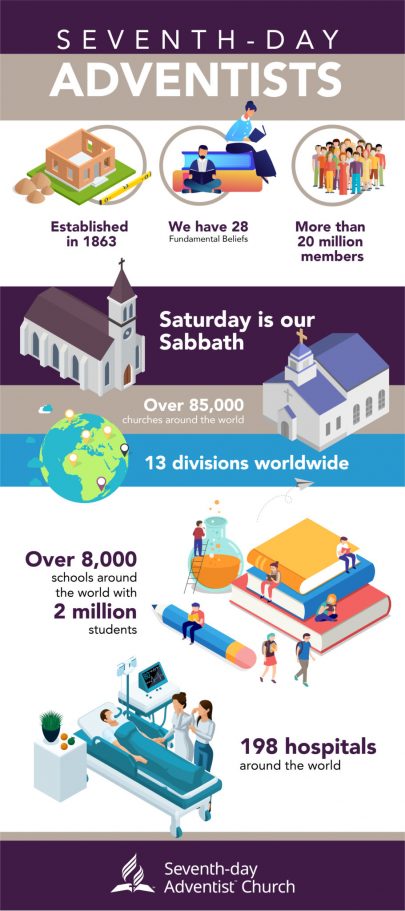The Adventist legacy in Lafayette, Indiana, has deep roots that trace back to the introduction of the Advent message in the state in July 1849. Joseph Bates, a prominent figure in the Adventist movement, delivered a compelling sermon in South Bend, marking the inception of Adventism in Indiana. A year later, in July 1850, the fervor of the Advent message resonated with Joseph and Jemima Catlin of LaPorte, who became the first Hoosier converts. This marked the beginning of a thriving Adventist community in Indiana.
Throughout the 1850s, Advent preachers such as J. M. Stephenson, J. H. Waggoner, H. S. Case, M. E. Cornell, J. N. Loughborough, and Moses Hull played crucial roles in spreading the Adventist message across Indiana. The 1860s saw the emergence of Ezra Stiles as the first known lay minister in the state, adding to the growing momentum of the Adventist movement.
On September 20, 1872, a milestone event occurred with the official organization of the Indiana Conference. Under the leadership of William Covert as president, James Harvey as secretary, and Isaac Zirkle as treasurer, this marked a turning point for Adventism in Indiana. Concurrently, the Indiana Tract and Missionary (T&M) Society was established in 1872, laying the foundation for extensive mission work. Subsequently, in 1879, the Indiana Health and Temperance Society and the Indiana Sabbath School Association were formed, showcasing the commitment of Adventists to health and education initiatives. By the end of the 1870s, the conference had expanded to include twenty-six congregations and six new meetinghouses.
As the 1890s unfolded, the Indiana Conference experienced remarkable growth, reaching 1,390 members spread across fifty small churches. A dedicated team of seventeen ministers, twenty-two canvassers, and eight Bible workers worked tirelessly to minister to hearts, while elders and deacons provided vital leadership to local congregations. The annual worship camp meetings became a focal point for both strangers and believers, fostering a sense of fellowship.
Delving into the late 19th and early 20th centuries, the Indiana Reporter, published from 1896 to 1910, chronicled the Adventist community's contributions, shedding light on the establishment of sanitariums in key cities, including Lafayette (Wabash). In 1907, the Wabash Valley Sanitarium opened its doors in Lafayette, making significant strides in holistic health. The subsequent launch of a Nurses’ Training School in 1908 further solidified the Adventist presence in the community. Throughout the 1910s, the Wabash Valley San prospered, gaining recognition for its popular Red Cross First Aid program from the esteemed American College of Surgeons.
Transitioning to the 1940s, the Home Missionary Department initiated a Bible Correspondence School, marking the advent of radio evangelism that resonated within the Adventist communities in Lafayette and Bloomington. However, the conference-operated sanitarium era drew to a close in 1944 when the Wabash Valley Sanitarium was sold to a private institution.
Embracing the 1960s, a period marked by a revival of interest in health foods, cooking schools, and nutrition instructors, the Adventist community in Lafayette continued to adapt and thrive shaping a resilient and enduring legacy in Lafayette, Indiana..
Today Lafayette Adventists strive to build on that legacy in its commitment to relationship development, community building, education, and health. With Christ as our guide and the head of our hearts and minds, we seek in Him to be a vibrant and dynamic hub for every area He calls to, for the well-being of our region and it's generations to come.

As Seventh-day Adventists, we uphold the Protestant conviction of Sola Scriptura (“Bible Only”), accepting the Bible as our only creed, with our 28 Fundamental Beliefs as a description of how we understand and interpret Scripture for daily application. The 28 Fundamental Beliefs can be organized into six categories: God, man, salvation, the church, daily Christian life, and last-day events (restoration).
The expression of these concepts provide an overall picture of what we collectively believe and practice. Together, these teachings help reveal God, who is the architect of the world. In wisdom, grace and infinite love, He is actively working to restore a relationship with humanity that will last for eternity.
